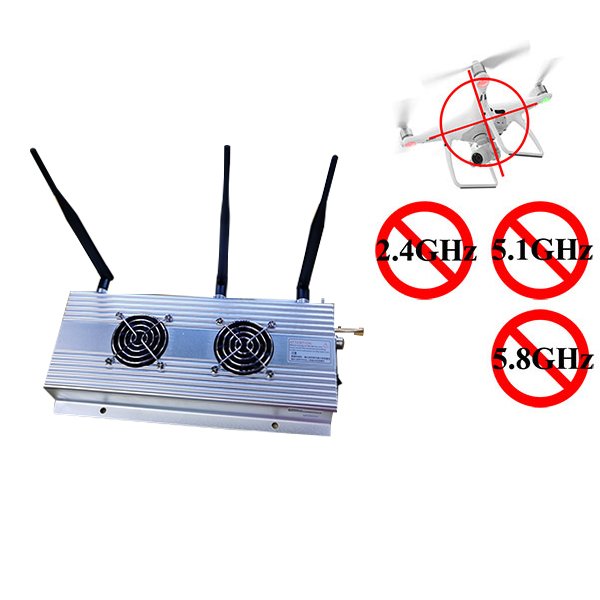We’ve all been there. You’re driving down the road and suddenly notice a flashing light in your rearview mirror. You’ve been pulled over. Were you speeding? Did one of your lights malfunction?
To assess your speed, many law enforcement agencies use lidar systems. If you’re trying to dodge a ticket, a laser jammer might help. Read on to learn how these devices work by preventing the system from determining your speed.
What do laser jammers do?
Laser jammers are designed to stop laser radar systems from detecting a vehicle’s speed. To understand how they work, let’s first explore the functions of radar detectors.
Radar Detectors: A Brief Explanation
Radar detectors have been used for many years, primarily by law enforcement to enforce speed limits. The term “radar” stands for radio detection and ranging.
Radar works by emitting electromagnetic waves in the radio spectrum, called radio waves. The wavelengths of these waves range from 1 millimeter to 10,000 kilometers, covering a wide range.
Radar systems employ a transmitter that emits radio waves, which reflect off objects and return to a receiver. By measuring the time it takes for the signal to travel to the object and back, information about the object’s position and speed can be determined.
When objects move relative to each other, the sound or light waves they emit or reflect undergo a frequency shift based on their speed. This phenomenon is called the Doppler effect and is the basis of modern radar systems.
Radar detectors are able to detect radio signals and alert you if someone is trying to measure your vehicle’s speed. For this reason, law enforcement agencies have adopted technologies that radar detectors cannot effectively detect, such as lasers.

Understanding Lasers
The word “laser” stands for light amplification by stimulated emission of radiation. While the concept sounds complex, it’s actually relatively simple. Lasers use structured materials, such as crystals or gases, to produce light.
When these materials receive energy from an electric current, the electrons within the atoms become excited and move to higher energy levels, or orbitals. As a result, they become “excited” and have excess energy.
Eventually, these excited electrons return to their original energy level, known as the ground state. During this transition, they release energy in the form of light, which is known as stimulated emission of radiation.
Because the electrons have specific energy levels, the light emitted always has a precise wavelength. Due to the highly structured nature of the material, all emitted light shares this wavelength.
Laser light is coherent, meaning it consists of a single color that is focused into a narrow beam, minimizing scattering during propagation. These properties make lasers ideal for use in lidar systems.
Lidar vs. Radar: Laser Technology
While the term “lidar” is similar to “radar,” the key difference is the use of light instead of radio waves. Unlike radar, lidar can utilize all parts of the electromagnetic spectrum, offering a wider range of possibilities.
In practice, lidar usually refers to laser systems that employ radar technology. Unlike traditional radar systems that emit diffuse signals, lasers produce beams that are highly focused and difficult to detect.
Radar jammers have been around for years, and their technology has continued to advance. As a result, many law enforcement agencies have turned to laser-based systems. Initially, countering these systems was relatively simple.
Lidar jammers, also known as obscurers, emit their own laser signals to suppress laser signals reflected from vehicles. However, as technology has improved, countermeasures have been implemented, such as varying and randomizing the pulse rate to prevent signal duplication.
Because these methods vary from model to model, modern laser jammers must employ sophisticated machine learning techniques to account for these differences.
Legality of laser jammers
The legal status of laser jammers varies by jurisdiction. Laws vary from country to country and even in specific regions.
In the United States, there are no federal laws prohibiting the use of radar detectors and laser jammers. However, it is important to note that traditional radar jammers are prohibited under federal law, so be sure to thoroughly research the federal, state, and local regulations in your country before considering using a laser jammer.

Benefits of Laser Jammers
If laser jammers are legal in your area, they can offer significant advantages. As technology advances, more and more law enforcement agencies are adopting laser systems to measure vehicle speed.
Due to the highly focused nature of laser beams, traditional radar detectors cannot effectively detect laser signals. In this case, using a laser jammer may be your only viable option.
Whether your goal is to avoid receiving a ticket or to ensure that your speed is not public, a laser jammer may be the solution you need.
What’s next?
Now that you have a comprehensive understanding of how laser jammers work and their potential applications, feel free to contact us for more information. If you found this article helpful, we welcome your feedback or encourage you to explore our other informative articles covering topics from cell phone signals to drone jammers!





